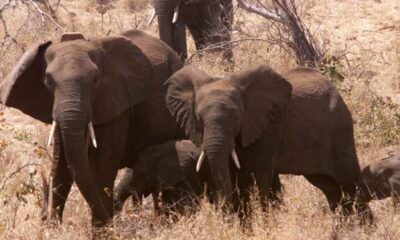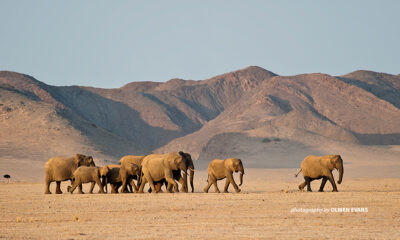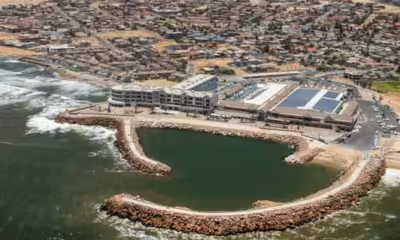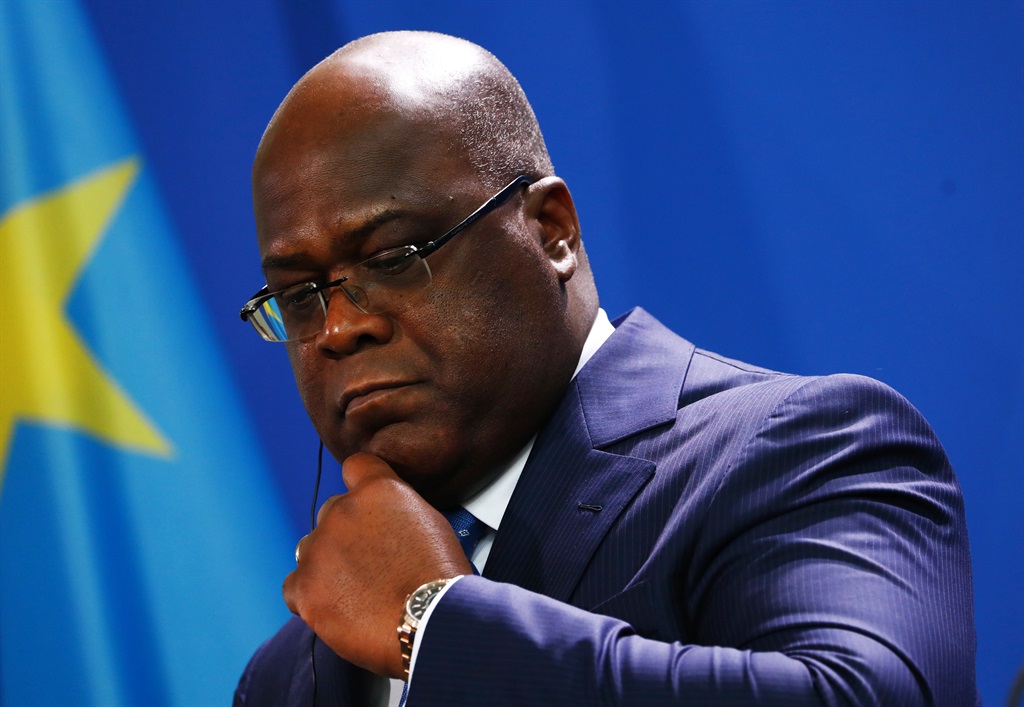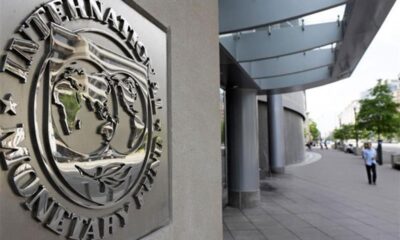According to recent data, Namibia’s population is now 3,022,401, as the Namibia Statistics Agency revealed the eagerly awaited preliminary results of the 2023 census in the nation’s capital on Thursday.
In a statement released on the organization’s website on Thursday, Statistician-General Alex Shimuafeni, noted that between the 2011 and 2023 censuses, there was a noteworthy 65.5% increase in the population living in urban areas.
On the other hand, during the same period, the population in rural areas increased by a more moderate 26.3%. The fourth population survey since Namibia’s independence in 1990 is being carried out with this census. It is notable for being the nation’s first digital census to use spatial technology.
The first comprehensive census, which counted 1.4 million people, was conducted in 1991. The second census, which was conducted in 2001, came next, with 1.8 million people counted. There were 2.1 million people living there in 2011, according to the results of the most recent census.
“The population has grown almost twofold since the first post-independence census was conducted in 1991.
“Females make up a greater proportion of the population in the 2023 PHC, as has been the trend for the past four censuses.
“Average household size, which has been on the decline since 1991, is 3.8 persons per household,” the statement read.
According to The New Era, Namibia’s daily national newspaper, Prime Minister Saara Kuugongelwa-Amadhila emphasized the insightful information in the report during its release. She emphasized how this data can direct the creation of strategic plans, initiatives, and resource distribution.
“Effective governance hinges on decisions rooted in empirical evidence. The census data empowers us to identify priority areas, understand demographic dynamics, and tailor our policies to address the unique needs of various segments of our population.
Statistics provide us with a tool to pursue social justice, ensuring that no one is left out. By so doing, we pave the way for a Namibia where every citizen, regardless of location or circumstance, has access to the opportunities needed to thrive,” she observed.
On March 21, 1990, Namibia declared its independence from South Africa. Namibia, at 824,292 km2 (318,261 sq mi), is the 34th largest country in the world despite its immense size. Its population density is also among the lowest in Africa.

 Sports2 days ago
Sports2 days ago
 Metro2 days ago
Metro2 days ago
 Metro1 day ago
Metro1 day ago
 Culture2 days ago
Culture2 days ago




